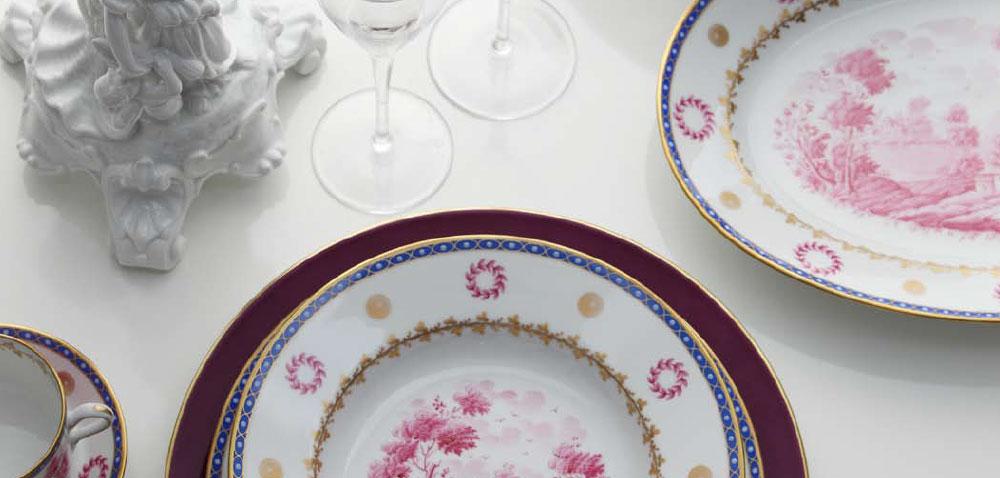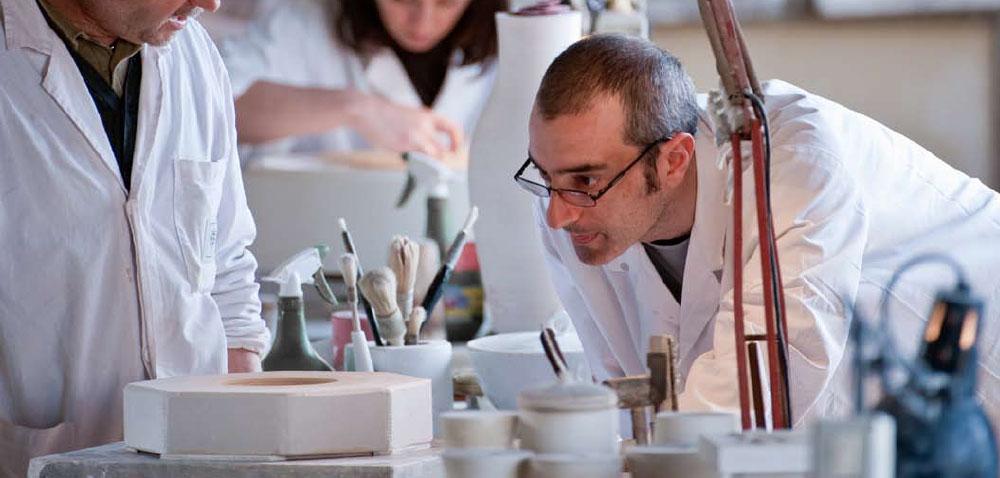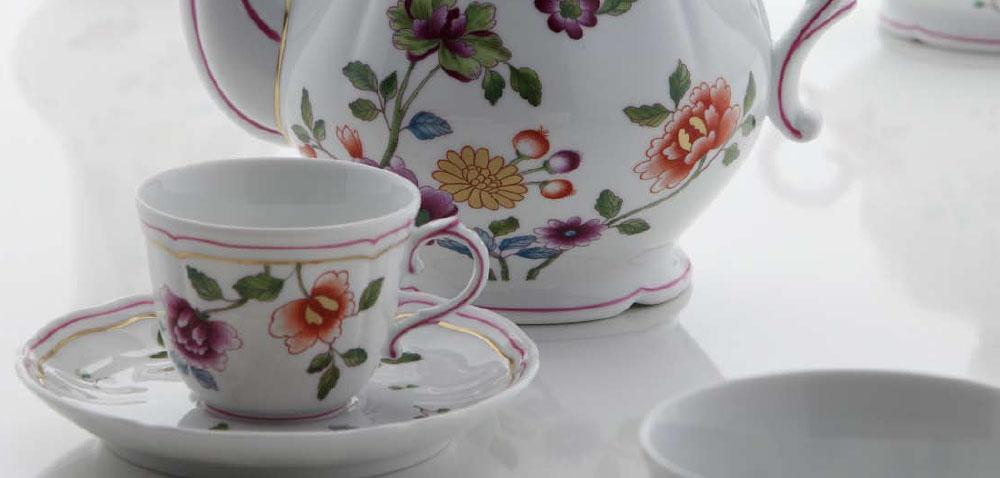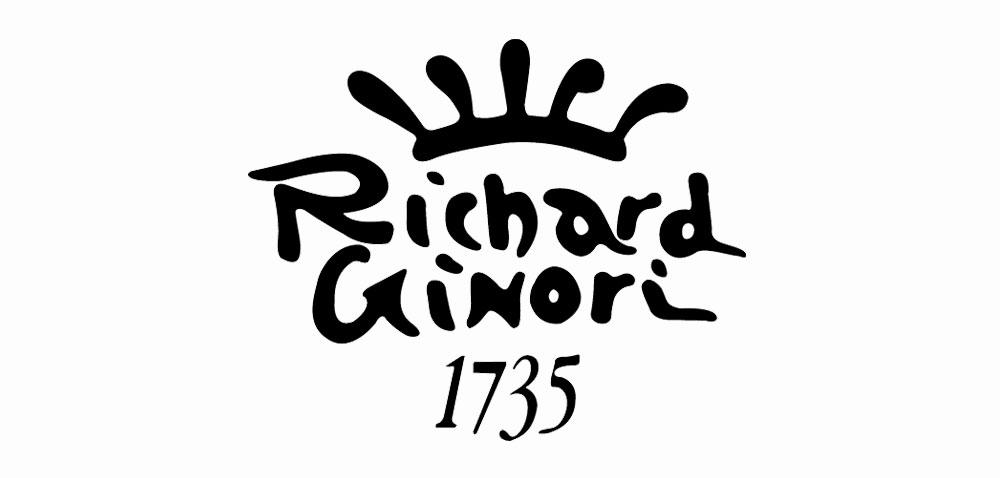Porcelain crafted for a king
Sometimes, even the most prestigious works of art have humble origins. Born in the Italian Renaissance, Tuscany’s Doccia porcelain is known for its exquisite works, some of which now fetch thousands of dollars at auction.
Not bad going for a company that began at the foothills of a forest. Founder Carlo Ginori set up a few kilns near to a plentiful supply of firewood, and began making porcelain there. We say porcelain, but many would consider it not the real deal. Porcelain originates from China (which is why many people call it china) and is usually made from kaolinite – a special kind of clay. There wasn’t much kaolinite in Europe, so most European porcelains were made from an imitation soft paste, using different kinds of clay.
Doccia porcelain may have been grittier and less polished than the Chinese porcelain, but Ginori has a couple of tricks up his sleeve. He employed a fine painter from Vienna – so any compromise in material was offset by stunning artwork and most ingenious of all, sought out the wax moulds and casts that the sculptors of Florence no longer needed. As a result, his work was either beautiful, or epic in scale, resulting in a royal warrant from the king, which effectively granted him a monopoly in the region. His work is still revered to this day, with a Doccia porcelain statue of Hercules recently selling for over a million dollars. You could say, it’s proof that sometimes it pays to approach craftsmanship a little differently.
Not bad going for a company that began at the foothills of a forest. Founder Carlo Ginori set up a few kilns near to a plentiful supply of firewood, and began making porcelain there. We say porcelain, but many would consider it not the real deal. Porcelain originates from China (which is why many people call it china) and is usually made from kaolinite – a special kind of clay. There wasn’t much kaolinite in Europe, so most European porcelains were made from an imitation soft paste, using different kinds of clay.
Doccia porcelain may have been grittier and less polished than the Chinese porcelain, but Ginori has a couple of tricks up his sleeve. He employed a fine painter from Vienna – so any compromise in material was offset by stunning artwork and most ingenious of all, sought out the wax moulds and casts that the sculptors of Florence no longer needed. As a result, his work was either beautiful, or epic in scale, resulting in a royal warrant from the king, which effectively granted him a monopoly in the region. His work is still revered to this day, with a Doccia porcelain statue of Hercules recently selling for over a million dollars. You could say, it’s proof that sometimes it pays to approach craftsmanship a little differently.




